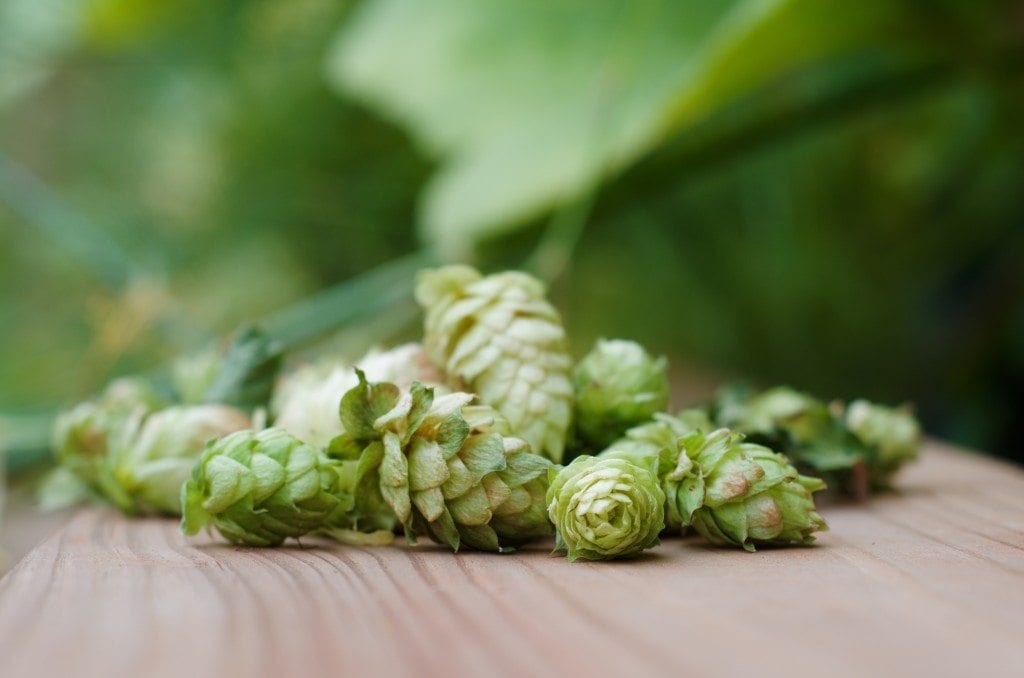Become The Fresh Hopped Beer Expert
Fall is a season of harvest, which means not only great food, but also some of our favorite seasonal beers. Some people reach for their favorite pumpkin ale or Oktoberfest, whereas others might head for a Shocktop Twisted Pretzel Wheat. Another widespread fall favorite is Fresh/Wet Hopped Beer.
When the time is right and hops are ripe (around late August or early September), brewers get to work. The fresh hops are plucked from their bines and brewed in their most natural state. The beer that is eventually brewed from these hops is called “fresh” or “wet” because the hops they are brewed with are so fresh that they hold more moisture. “Craft beer offers an appreciable, firsthand connection to its core ingredients, and wet hop ale may the epitome of that alliance” (via).
All About Beer explains, “While the delicate hop flowers must be dried to be preserved, a sliver of those hops harvested skip that process and are set aside. Called wet or fresh hops, they are unkilned hops that retain all of their oils and contribute delicate, almost ethereal flavors. There’s an element of timeliness as well: After they are picked, they need to be delivered to the brewery in 24 to 48 hours or else they will begin to deteriorate, become soggy and rot.”
What does this mean for brewers? It’s time to move quickly. Different hop varieties are at their peak for harvesting for just a small window of time, and they must be transported and brewed in yet another small window. Then, brewers are required to “brew blind” (via) without very little hop information.
And what does it mean for beer drinkers? When brewers do it right, we get to drink a fresh, earthy, wholly unique beer. “Wet-hopped beers are more of a way to taste the plants themselves, each with their own eccentricities, than a single style of beer. It’s way more fun that way, really, a bit more like wine-tasting for beer fans” (via).
To learn more about fresh and wet hops, check out: Source, Source, Source, Source



